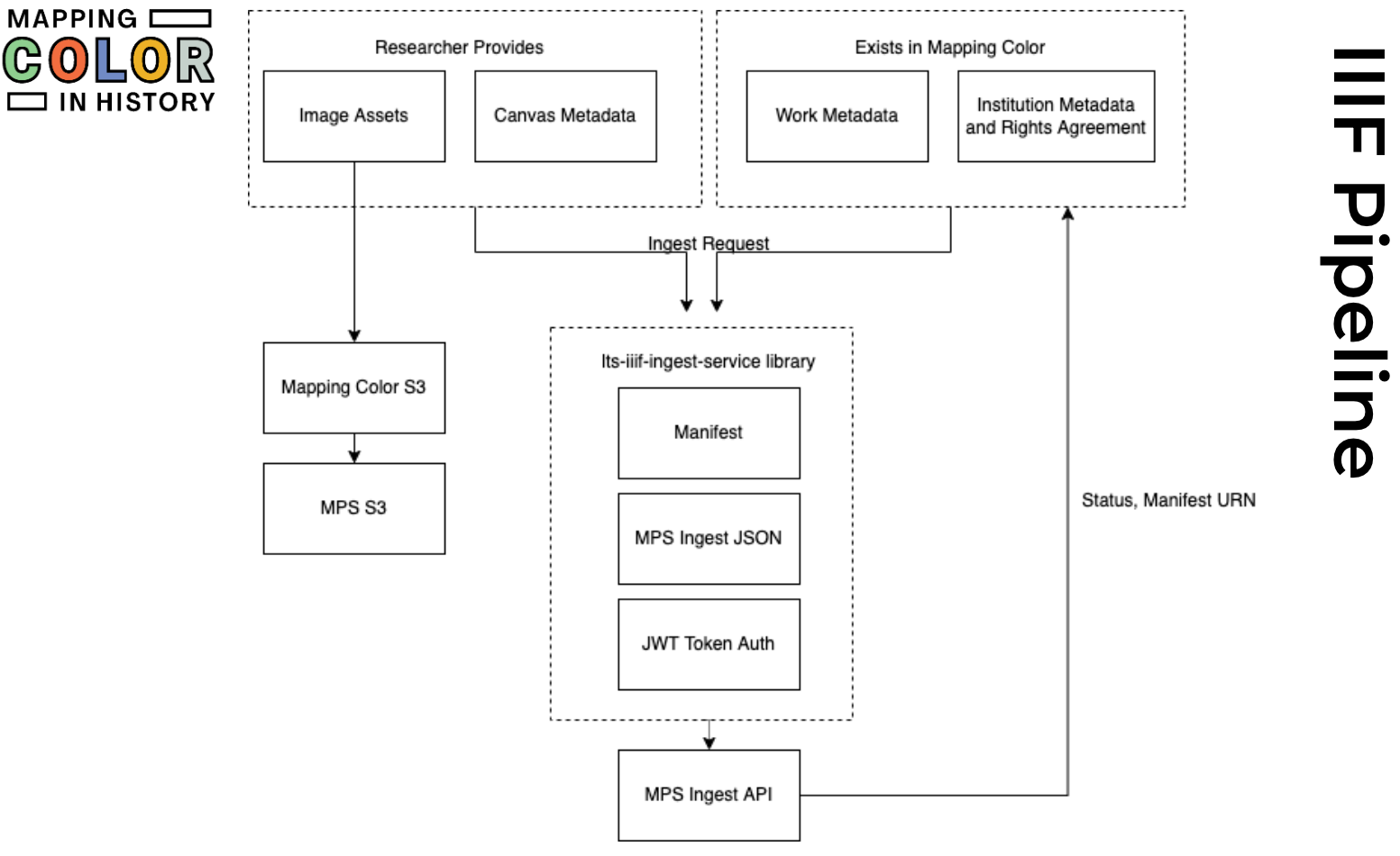Project Investigator: Jinah Kim, George P. Bickford Professor of Indian and South Asian Art and Professor of South Asian Studies
Mapping Color in History (MCH) is a digital humanities project which brings together scientific data drawn from existing and ongoing material analyses of pigments in Asian painting in a historical perspective. As a knowledge commons, MCH aims to help chart how, when, and why specific colors were used in artistic practices in specific regions. The MCH digital platform hosts a searchable database with mapping capacities to track the appearance and usage of pigments across time and space. It takes an object-based entry method for data collection instead of a pigment-based organization scheme. It also records the historical and technical information on the analysis, providing valuable data on the history of analytical methods. MCH is a deeply interdisciplinary collaborative project, involving conservators, conservation scientists, data specialists, computing specialists, curators, and art historians across many institutions.

IIIF is a key component of Mapping Color in History because MCH relies heavily on digital representations of visual works. The project needs to display these works in high resolution, both for end users and for researchers to identify pigment analyses points. Mapping Color in History includes works from dozens of partner institutions such as galleries, museums, and libraries. IIIF allows the project to display these works in a consistent manner, no matter the owner. IIIF allows MCH to unify these distributed visual assets. Some of our partner institutions, such as the Harvard Art Museums, already provide resources via IIIF, and MCH integrates those using publicly available manifests. However, many other partners do not yet make their image assets available via IIIF for various reasons - legacy infrastructure, lack of resources, lack of permissions for publicly available high-res digital surrogates.

MCH utilizes a new IIIF pipeline provided by the Harvard Library Technical Services team (LTS). The Harvard Libraries serve tens of millions of images. To handle these large-scale problems, the LTS team created a IIIF infrastructure comprised of numerous microservices. They consulted with IIIF users across campus including DARTH, HarvardX, and Academic Technology and designed a solution which can accommodate not only library assets from the Digital Repository Service, but images from other groups as well. This IIIF "infrastructure-as-a-service" approach allows MCH to integrate IIIF rapidly and benefit from enterprise-grade architecture. To facilitate this workflow further, MCH uses a Python library which abstracts the core actions of the ingest process from the perspective of users of the ingest service.
The second major goal for IIIF within Mapping Color, allowing researchers to create annotations and link those back to pigment data, is in progress. We are using CatchPy, an annotation server originally developed at HarvardX, to store annotations on MCH IIIF image assets. MCH uses a new CatchPy adapter for the mirador-annotations plugin which adds the basic CRUD functionality which mirador-annotations already supports for annotot and a few other annotation servers, while also allowing researchers to capture the additional data needed to link annotations back to a particular MCH pigment analysis, analysis methodology, and visible color. These CatchPy and mirador-annotations enhancements are in progress and will be contributed back to the IIIF community.